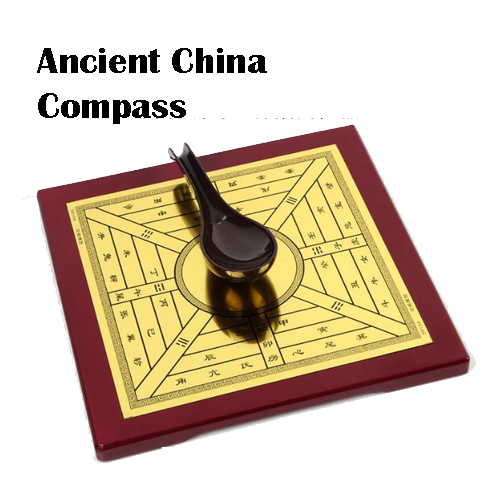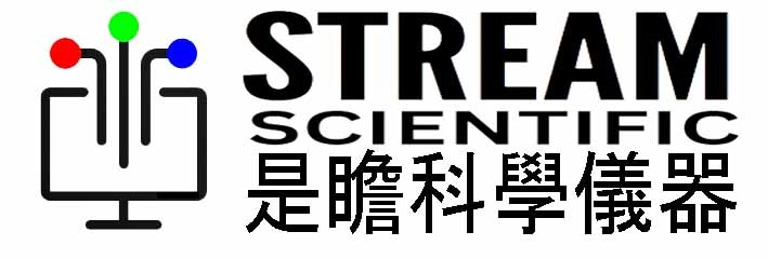
220BC Compass form China
勺形指南針
HK$82.00
Earliest records show a spoon shaped compass made of lodestone or magnetite ore, referred to as a "South-pointer" dating back to sometime during the Han Dynasty (2nd century BCE to 2nd century CE). The spoon-shaped instrument was placed on a cast bronze plate called a "heaven-plate" or diviner's board that had the eight trigrams (Pa Gua) of the I Ching, as well as the 24 directions (based on the constellations), and the 28 lunar mansions (based on the constellations dividing the Equator) . Often, the Big Dipper (Great Bear) was drawn within the center disc. The square symbolized earth and the circular disc symbolized heaven. Upon these were inscribed the azimuthal points relating to the constellations. Its primary use was that of geomancy (prognostication) to determine the best location and time for such things as burials. In a culture that placed extreme importance on reverence for ancestors, this remained an important tool well into the 19th century. Even in modern times there are those who use this divination concepts of Feng Shui (literally, of wind and water) for locating buildings or fortuitous times and locations for almost any enterprise. There is a story that the first Chin emperor used the divining board and compass in court to affirm his right to the throne. Primarily, the compass was used for geomancy for a long time before it was used for navigation
最早的記錄顯示了一種由磁石或磁鐵礦石製成的勺形指南針,被稱為“南針”,其歷史可以追溯到漢代(公元前 2 世紀至公元 2 世紀)。 這種勺形的儀器被放置在一個被稱為「天盤」或占卜盤的鑄銅盤上,盤上有《易經》的八卦(八卦)以及二十四方位(基於星座), 28 個月亮宮(基於劃分赤道的星座)。 通常,北斗七星(大熊)被繪製在中心圓盤內。 正方形象徵大地,圓盤象徵天堂。 其上刻有與星座相關的方位角。 它的主要用途是風水(預測),以確定埋葬等事情的最佳地點和時間。 在極度重視對祖先的崇拜的文化中,這在 19 世紀仍然是一個重要的工具。 即使在現代,也有人使用風水(字面意思是風和水)的占卜概念來為幾乎所有企業定位建築物或偶然的時間和地點。 有一個故事說,秦始皇在宮廷中使用卜盤和指南針來確認自己的皇位。 指南針在用於導航之前很長一段時間主要用於風水
Information : https://www.smith.edu/hsc/museum/ancient_inventions/compass2.html

